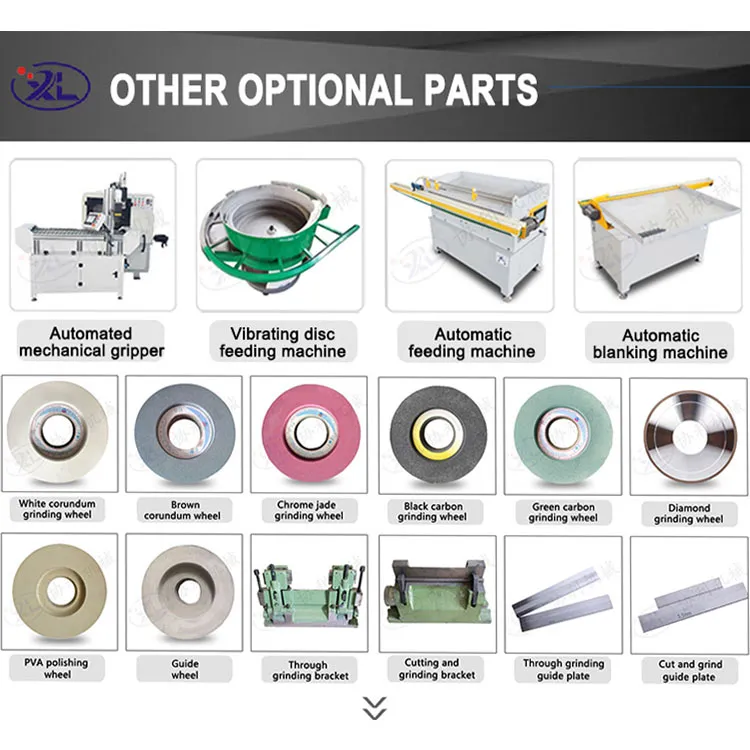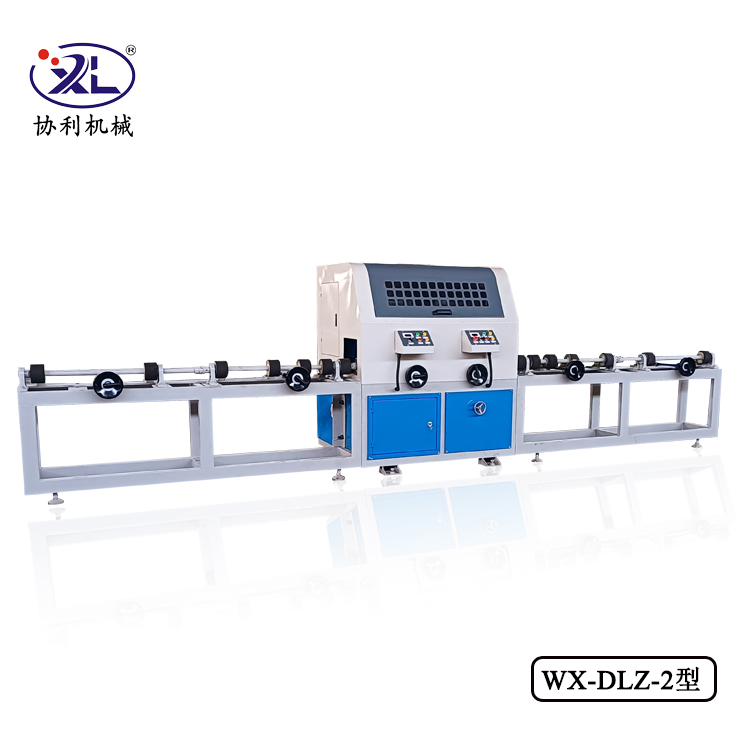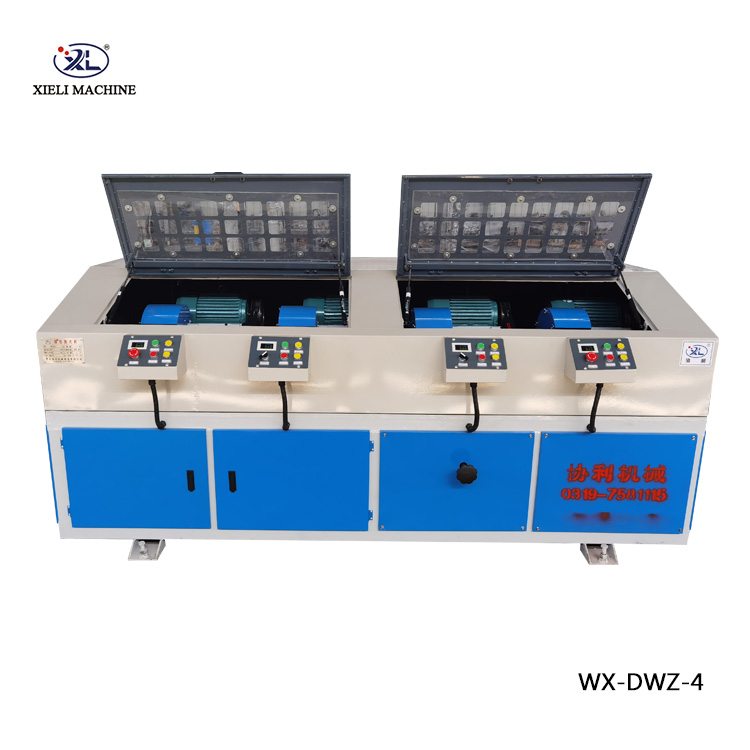Understanding Discount Centerless Grinder Tooling
In the manufacturing and machining world, precision and efficiency are paramount. Centerless grinding has emerged as a vital process in the production of high-quality parts, particularly in industries that require round and cylindrical components. Among the various tools and equipment employed in this process, discount centerless grinder tooling holds significant value, providing manufacturers with cost-effective solutions without compromising on quality.
What is Centerless Grinding?
Centerless grinding is a machining process that utilizes a grinding wheel and a regulating wheel to grind cylindrical parts. Unlike traditional grinding methods, the workpiece is not held between centers or in a chuck; instead, it is supported by both the grinding and regulating wheels. This configuration allows for continuous production, where parts can be fed into the grinder in a streamlined manner, thus increasing efficiency and reducing cycle times.
Importance of Tooling in Centerless Grinding
Tooling is the backbone of the centerless grinding process. The quality and configuration of the tooling directly impact the surface finish, dimensional accuracy, and overall productivity of the grinding operation. Essential components of centerless grinder tooling include
1. Grinding Wheels The primary cutting tool that shapes the workpiece, available in various abrasive materials and grit sizes to accommodate different materials and specific applications.
2. Regulating Wheels These control the speed and feed rate of the workpiece, crucial for maintaining the precision of the grinding operation.
3. Work Rest Blades Supporting the workpiece during grinding, these blades must be set at the correct angle and height to ensure optimal support and alignment.
4. Diamond Dressing Tools Used to maintain the grinding wheel's shape and performance, these tools ensure consistency across production runs.
The Need for Discount Centerless Grinder Tooling
Cost considerations often play a significant role in manufacturing decisions. High-quality tooling can be expensive, and not all manufacturers have the budget to invest in brand-new equipment. This is where discount centerless grinder tooling becomes essential. It allows businesses to obtain the necessary tools and components at a reduced cost, making it feasible for both small operations and larger manufacturers facing budget constraints.
discount centerless grinder tooling

Advantages of Discount Tooling
1. Cost Savings The most apparent advantage is financial. Discount tooling provides manufacturers with access to high-quality components at a fraction of the cost of new tools.
2. Increased Flexibility Lower costs enable manufacturers to experiment with different tools and configurations, allowing them to optimize their processes without the fear of significant financial loss.
3. Accessibility Discount tooling makes advanced technology more accessible, helping smaller companies compete with larger players in the market.
4. Quality Assurance Many suppliers of discount tooling offer quality guarantees and certification, ensuring that even at a reduced price, the products meet industry standards and perform effectively.
Considerations When Purchasing Tooling
While discount centerless grinder tooling presents numerous advantages, it’s essential to consider a few factors before making a purchase
- Supplier Reputation Choose suppliers known for reliability and quality. Research reviews and testimonials to ensure the tools meet your specific needs.
- Compatibility Ensure that the tooling is compatible with your existing grinding machines to avoid any operational issues.
- Return Policies Understanding return policies and warranties can safeguard against purchasing defective components.
Conclusion
In conclusion, discount centerless grinder tooling offers a practical way to enhance manufacturing capabilities while managing costs. As the demand for precision parts continues to rise, leveraging discounted tooling can help manufacturers improve their productivity and remain competitive in today’s fast-paced market. By investing wisely in quality tooling, companies can optimize their operations without breaking the bank, ultimately leading to increased profitability and innovation.





